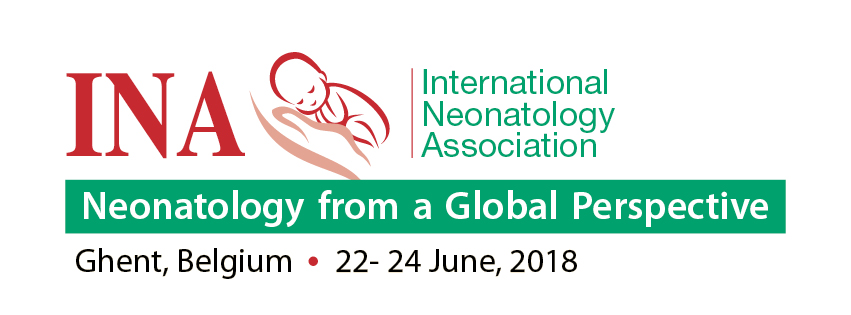Editorial, Res J Clin Pediatr Vol: 9 Issue: 1
Pediatric Tuberculosis: Diagnostic Advances and Treatment Challenges
Sanjana Desai*
Pediatric Infectious Diseases, BJ Medical College, Ahmedabad, India
- *Corresponding Author:
- Sanjana Desai
Pediatric Infectious Diseases, BJ Medical College, Ahmedabad, India
E-mail: sanjana.desai@bjmc.edu.in
Received: 01-March-2025, Manuscript No RJCP-25-169432; Editor assigned: 4-March-2025, Pre-QC No. RJCP-25-169432 (PQ); Reviewed: 20-March-2025, QC No RJCP-25-169432; Revised: 26-March-2025, Manuscript No. RJCP-25- 169432 (R); Published: 30-March-2025, DOI: 10.4172/rjcp.1000166
Citation: Sanjana D (2025) Pediatric Tuberculosis: Diagnostic Advances and Treatment Challenges. Res J Clin Pediatr 14:166
Introduction
Tuberculosis (TB) in children remains a diagnostic challenge due to its paucibacillary nature and nonspecific clinical presentations. India accounts for nearly a third of the global pediatric TB burden, demanding focused attention on early detection and treatment.
Diagnostic Innovations
Traditional diagnostic methods like Mantoux test and chest X-rays lack specificity in pediatric TB [1]. CBNAAT (GeneXpert) has improved bacteriological confirmation rates, especially for extrapulmonary cases [2].
Newer tools like TrueNat and stool-based molecular tests offer hope for non-invasive testing [3]. Despite these advances, underdiagnosis continues, especially in children under five and in rural areas [4].
Treatment and Drug Resistance Concerns
First-line therapy remains a 6-month regimen using HRZE, but the emergence of MDR-TB in children poses significant challenges [5]. The use of child-friendly drug formulations and adherence support through DOTS-Plus strategies are critical.
BCG vaccine, though not fully protective, reduces severe TB manifestations. Ongoing trials with newer vaccines and shorter regimens may revolutionize future pediatric TB care.
 Spanish
Spanish  Chinese
Chinese  Russian
Russian  German
German  French
French  Japanese
Japanese  Portuguese
Portuguese  Hindi
Hindi 
